Surface feeding longtail tuna. A tackle box full of stickbaits. The new Haines Signature 550RF. ‘nuf said.
Not long ago The Captain tested the Signature 550F off Queensland’s North Stradbroke Island. We had a crack at a mulloway, but the mysterious beasts turned their noses up at every soft plastic in our kit. Egos bruised, we returned the boat frustrated and fishless. A few months passed before The Captain received a carrier pigeon carrying the news of another offering in the 5.5m category: the Haines Signature 550RF.
ROUND 2
We weren’t taking any chances this time. We enlisted the help of topwater specialist, Mathew Scholz. A date was set, stickbaits were tuned and the 550RF was filled to the breathers with 180L of fuel. This new rig was perfect for chasing surface-feeding fish because it has a walk-through cab, which allows you to cast from the bow. Consequently, Matt suggested we cruise out of the Brisbane River and punch across to Tangalooma, where ferocious schools of longtail tuna had been balling up masses of bait. Having not chased longtails for a couple of years, and having never seen the Tangalooma Wrecks, The Captain was pumped.
GREY SKIES AHEAD
The forecast predicted 25 knots of wind, a messy 2m swell and rain – not ideal for a 12nm run across Moreton Bay. However, arriving at the boat ramp on Brisbane River at 5am there wasn’t a breath of wind or drop of rain. Matt reckoned the shitty weather had blown out overnight and we’d enjoy awesome conditions. Boy, was he wrong.
As we peeled out past the heavy industry of the river mouth, conditions weren’t actually too bad. A light breeze rolled across a sloppy swell and the 150hp Suzi skipped the variable dead-ride hull across the wave tops. After 45 minutes, Matt pulled the boat to an idle and peered around the flat grey skies looking for signs of life. “I just need to find one bird and I’ll put us on the fish,” Matt said. “In conditions like these it’s really hard to spot birds because their reflective white underbellies don’t catch the sun.” Scanning the horizon like an anti-aircraft gunner, he eventually missile-locked on to a brace of birds. If he could find fish with just one bird, imagine how quickly we’ll find the fish with two, The Captain mused.
We followed the two unsuspecting birds for no more than five minutes before they led us straight to bust-up city. Longtail tuna were exploding out of the foaming water with mouthfuls of bait. We’d barely registered the action before Matt’s stickbait landed right in the middle of the school. A few twitches is all it took to entice a bite and come up tight. Longtails are notorious for long line-burning runs, but nobody ever told Matt that. He muscled the fish to the boat in speed and style with a locked-up drag on the Stella 6000.
FISHY FEATURES
We were just getting into the longtails when the weather flicked the switch. That storm must’ve had a delayed fuse because it came in hard – 25-knot winds against a roaring incoming tide made Moreton Bay look like a field of snow, whitecaps as far as the eye could see.
We tucked in behind the Tangalooma Wrecks for protection and had lunch, a swim and a flick of the soft plastics. It also gave us a good opportunity to run a hand across the gelcoat and check out some of the fishy features on the 550RF. Although it’s a new boat, it’s eighth-generation and a direct replacement for the classic 543RF. Along with an extra 11 inches of cockpit space, it has a massive 2.41m beam, which easily fits three big blokes side-to-side across the stern. Other big standard features include stainless rod holders, chunky 32mm stainless rails, folding bait board (not The Captain’s ideal configuration), a rounded live bait tank portside and a walkthrough transom door and ladder on the starboard. This feature came in very handy
when swimming around the Tangalooma Wrecks. It also has dominant side-pockets, which are deep, sturdy and feature awesome horizontal rod storage – a word The Captain seldom uses for gunwale rod racks. We were having such a good afternoon at Tangalooma, chilling on the fold-out bench seat and cranking the banging Roswell sound system, that we almost forgot about the sloppy run home we’d have to tackle head-on.
HEADING FOR HOME
We tiptoed out from behind the Wrecks to find conditions had got even worse. Battening down the hatches, we began the long voyage home. The huge troughs between the waves were inescapable and more than once we found ourselves freefalling from the wave tops. Because the hull is so responsive to trim we were able to lift the nose right out and cruise home on our tail without copping too much punishment from what would be considered a scary sea in many other boats. The 550RF isn’t the sort of boat you ever feel unsafe in. It might take you a while to get home, but you know you’ll arrive upright. The wide beam provides great stability in the sloppiest of conditions, while the 21-33 degree variable dead-rise hull slices a clean line across the water. The big internal freeboard also makes your passengers – family or fishing buddies – feel safe.
Visibility through the windshield is ace and the throttle positioning feels natural. Comfortable as the beautifully upholstered bolster seats were, though, when the weather gets this bad, The Captain has to stand up and drive, which can be quite a struggle as the steering wheel position is a touch too low for 6ft-plus skippers.
On the other hand, the Suzuki DF150 paired with the 550RF is a bloody ripper of a combo, running on the smell of an oily rag while pumping out epic torque through all the rev bands. On the flat water, we had her singing along at 42 knots at 6000rpm while burning 59L per hour.
EVERYTHING MUST END
After an epic morning on the water, albeit with the perfect storm, we slid the 550RF back onto the trailer, wiped the salt from our brows and walked away pretty damn chuffed. This is one seriously versatile rig that’ll adapt to any situation you chuck at her. Your mates will froth over the fishability and your wife will love the sensual Signature stylings.
MATT SCHOLZ TOP FIVE TIPS FOR MORETON BAY LONGTAILS
I’ve chased Moreton Bay Longtails since I was 17. I used to think of them as the uncatchable and only ever dreamed of putting one in the boat. My best memories were nearly getting spooled every time you’d hook one while chasing snapper. Ten years has past now and not much has changed – I still get pumped targeting them – air strikes and 100m-plus runs are hard to beat.
The main difference between then and now is that I understand them. Like all animals, they have a pattern. Whether it’s their feeding patterns or general movements, understanding a few key elements makes a world of difference. It’s not just the tuna you need to understand, it’s the birds too – they’re mission-critical when it comes to finding the fish.
1. Between February and May is the best time to start hunting longtails. Find a few birds early in the morning and they’ll lead you to feeding fish.
2 Match the hatch. Look at the bait profile and choose either a stickbait or plastic to suit. My picks are either a Nomad Riptide 155 stickbait in pilly, or 4” Easy Shiner Keitech plastics on a .oz 3/0 jighead.
3 Be patient and strategic about you approach. Position yourself ahead of the school and let the fish come to you. Rushing into the middle of a school is the worst thing you can do. You’ll not only shut down the fishing for yourself, but others, too.
4 Your set-up must be a minimum of 20lb braid with a 40lb leader.
5 Techniques for both plastics and stickbaits are the same: medium pace with a walk-the-dog action.

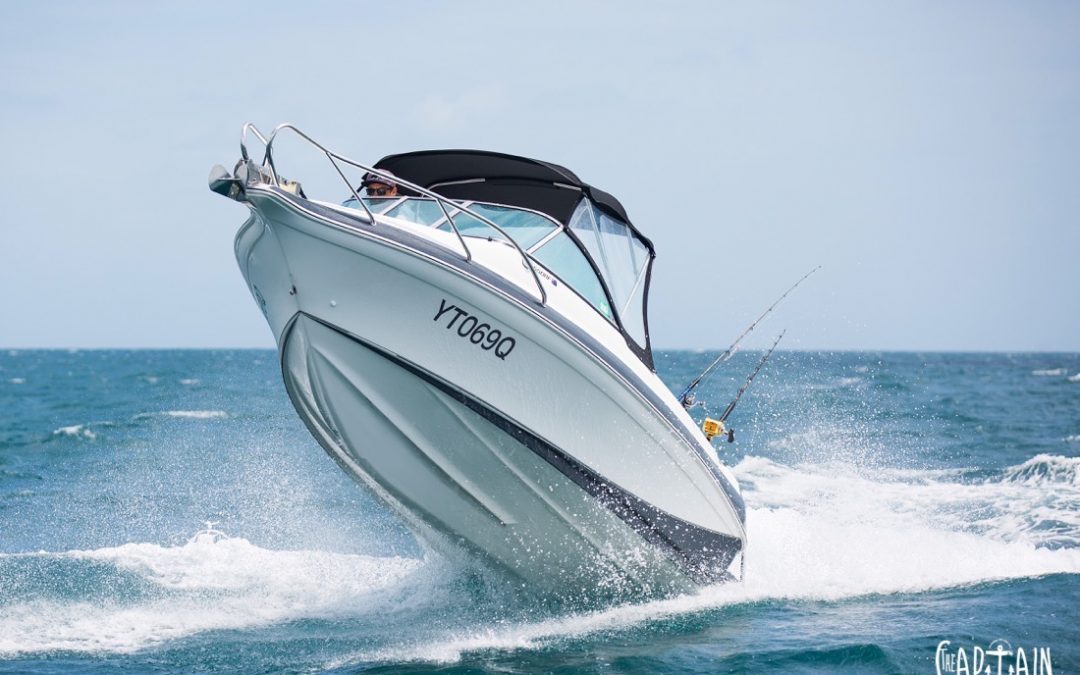
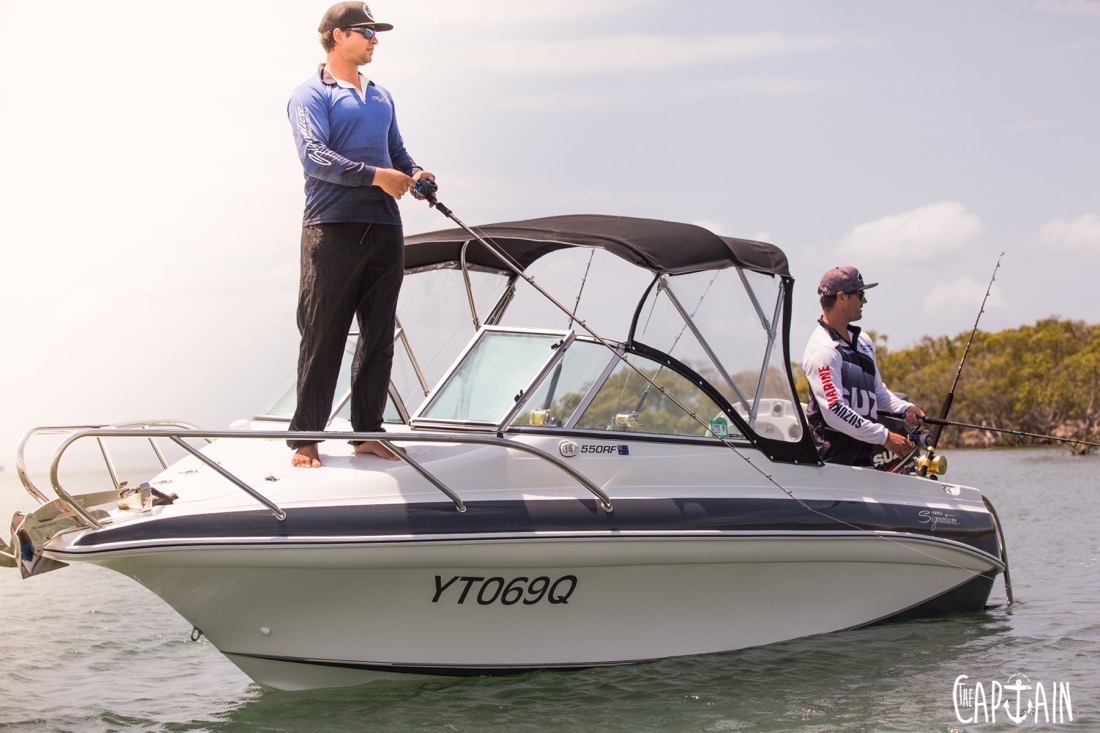
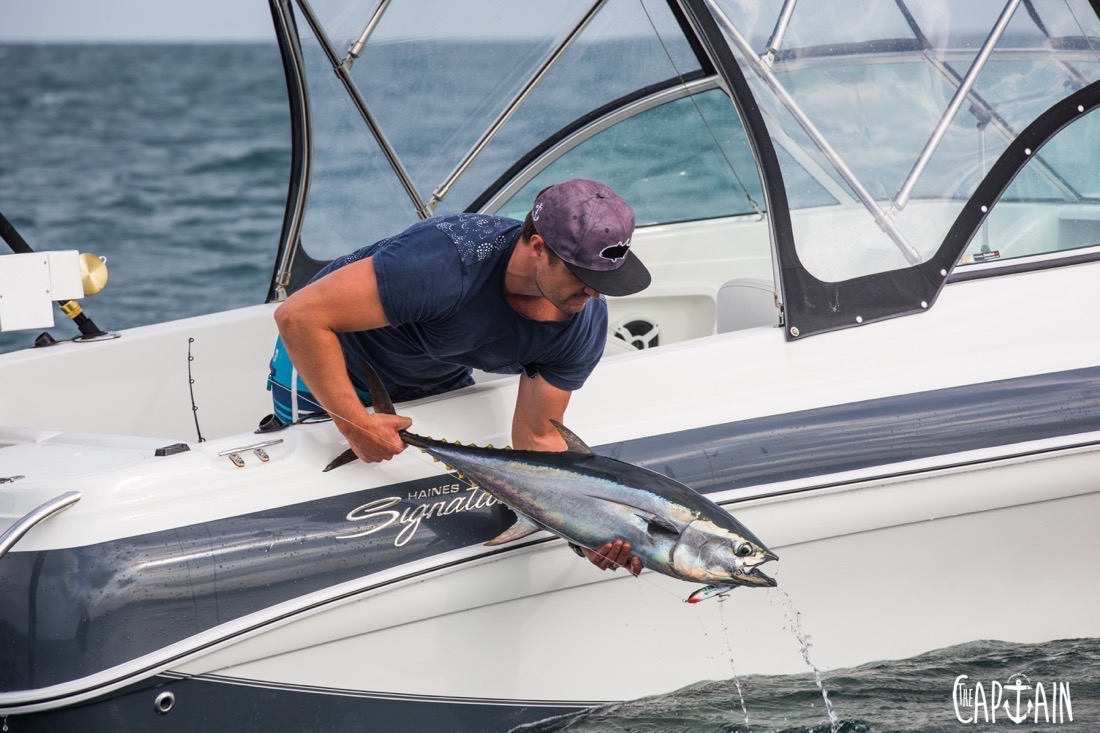


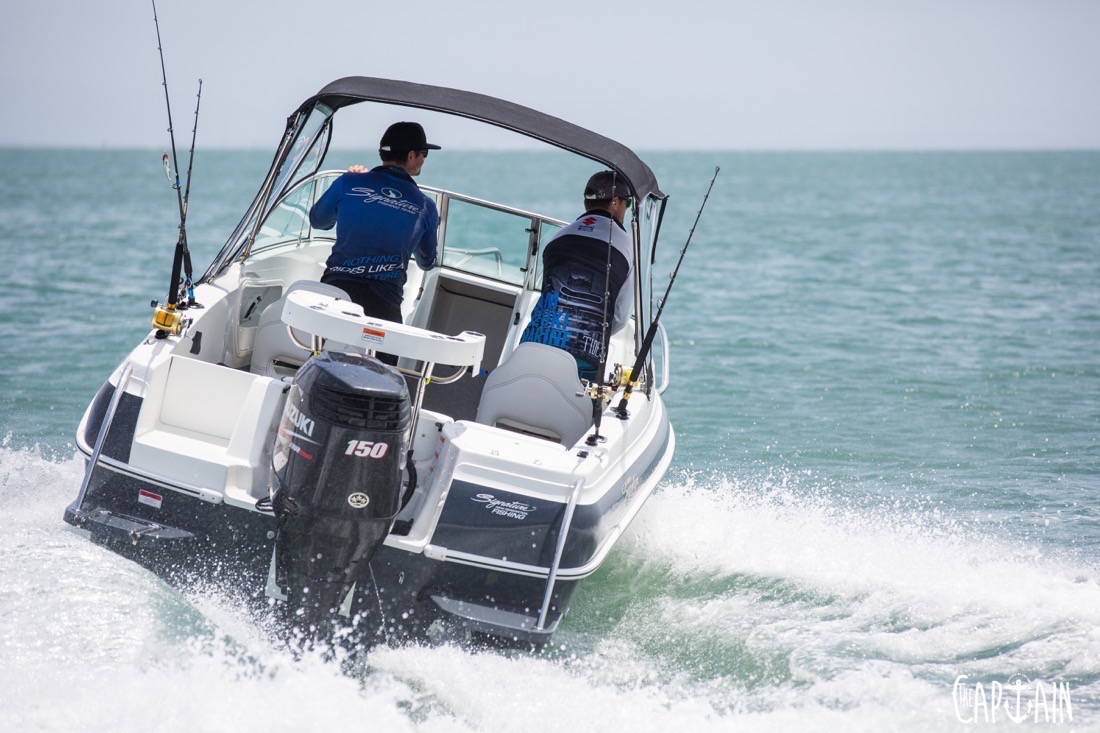
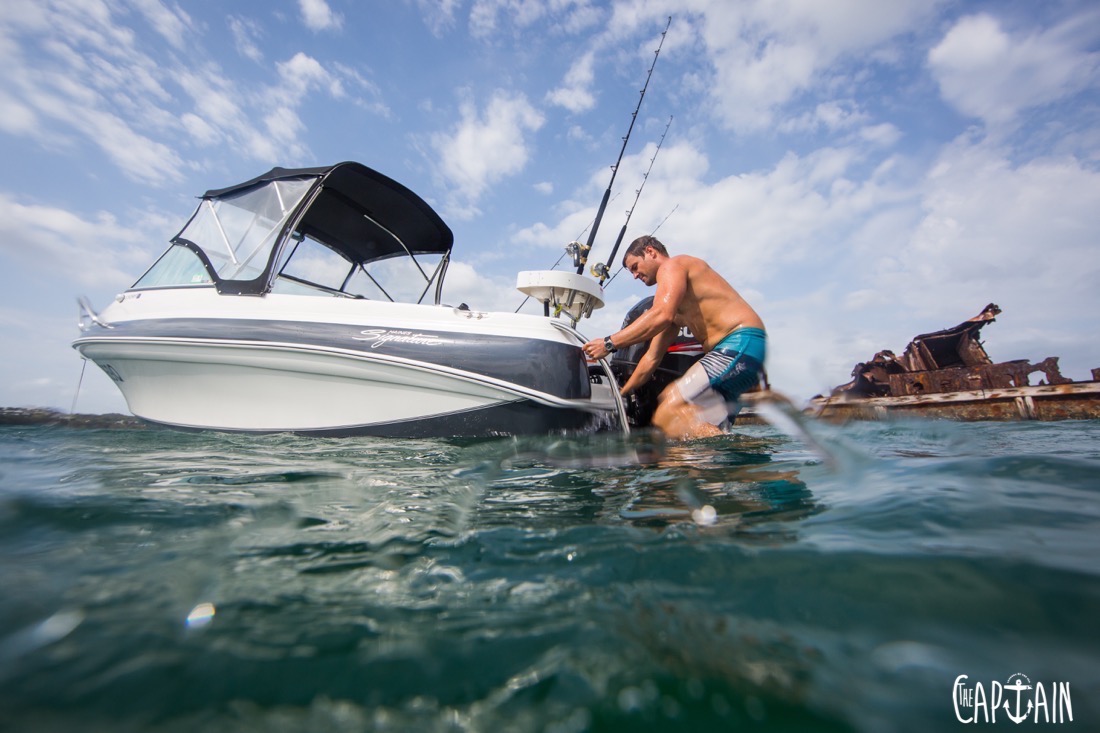
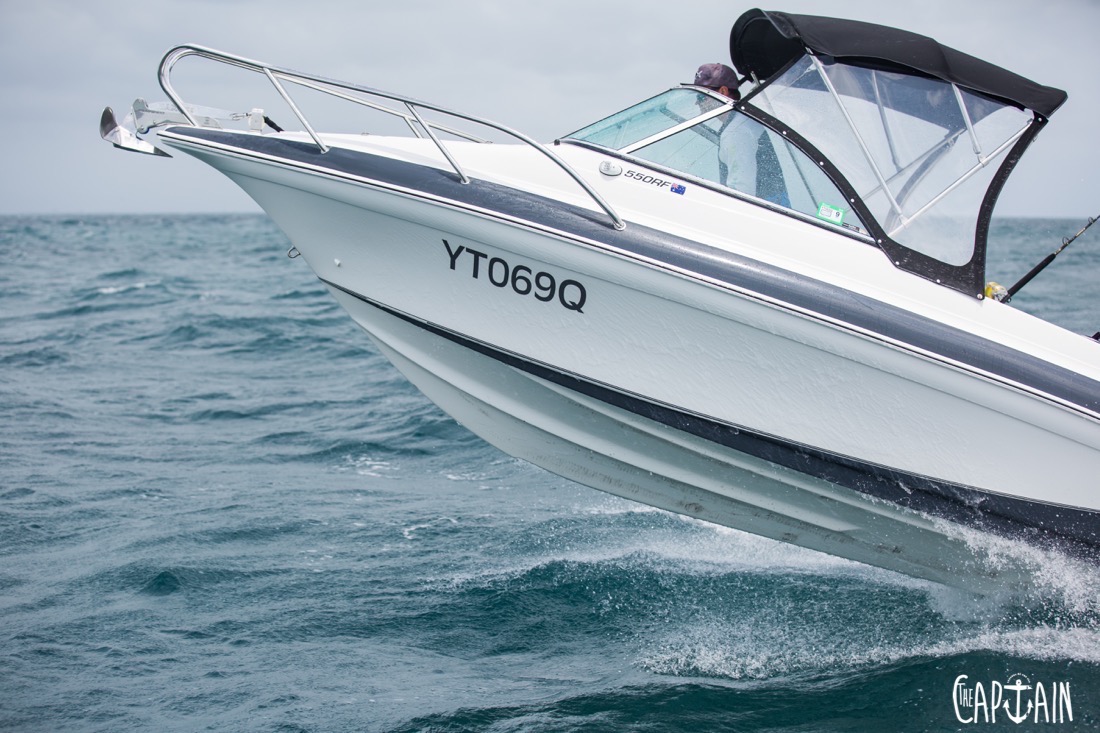


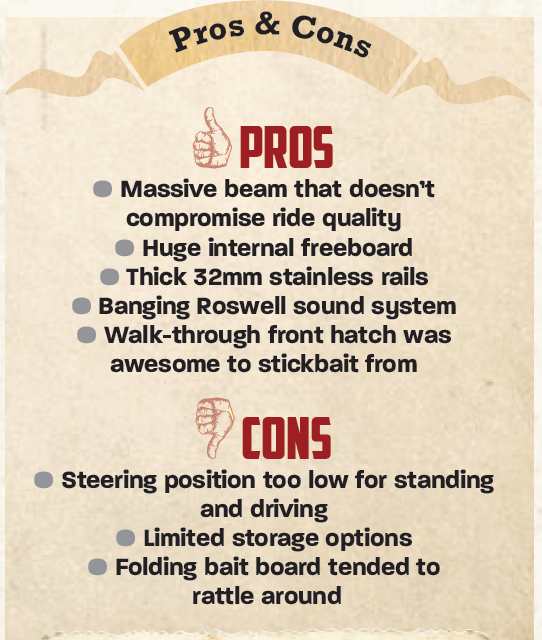
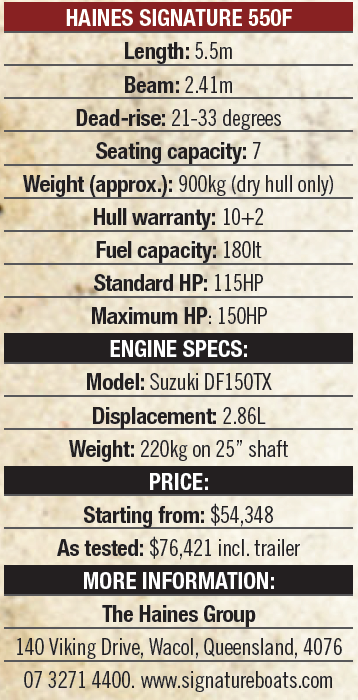
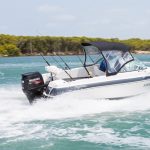
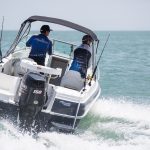
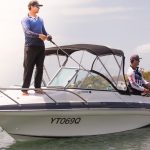
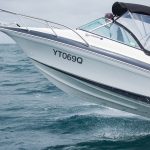
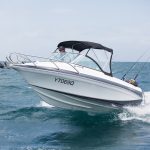
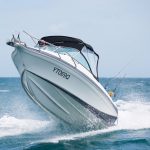
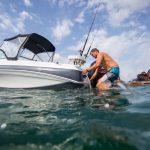
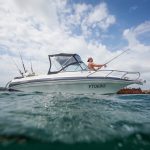
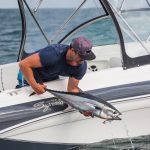
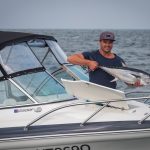
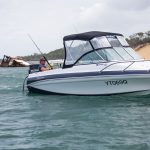
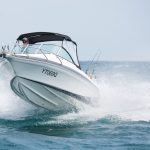
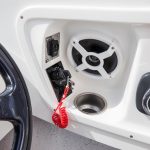
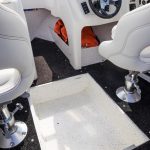
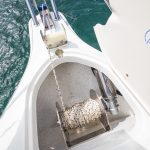
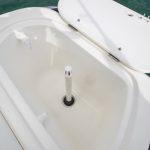
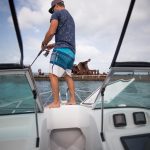
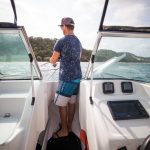
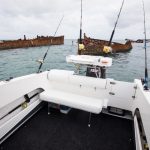
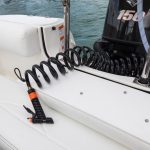
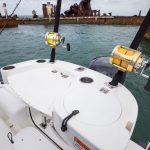
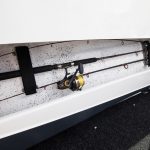
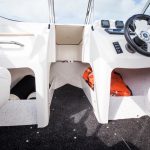
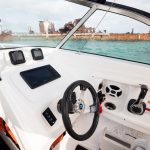
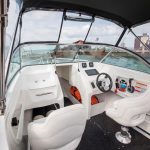
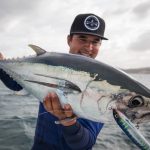
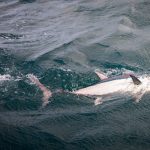
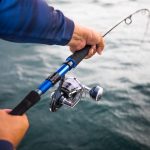
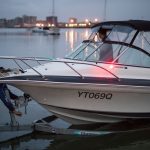

Recent Comments